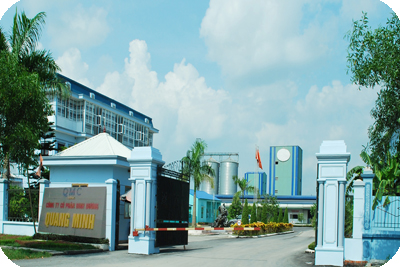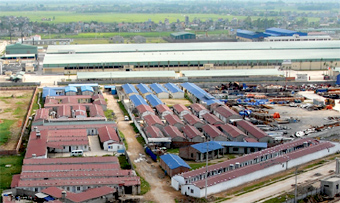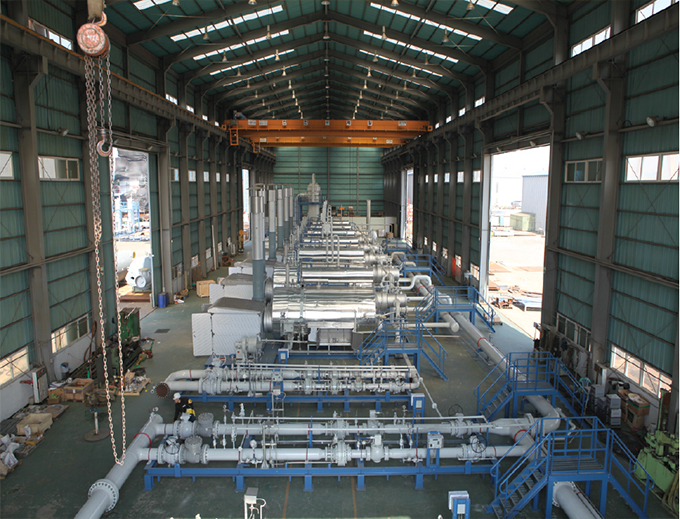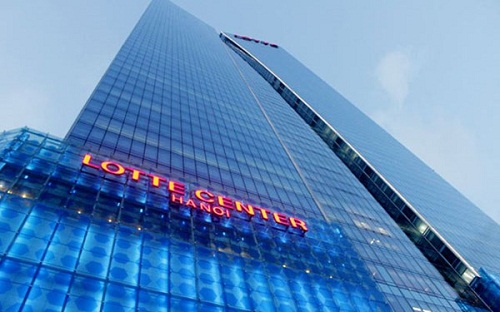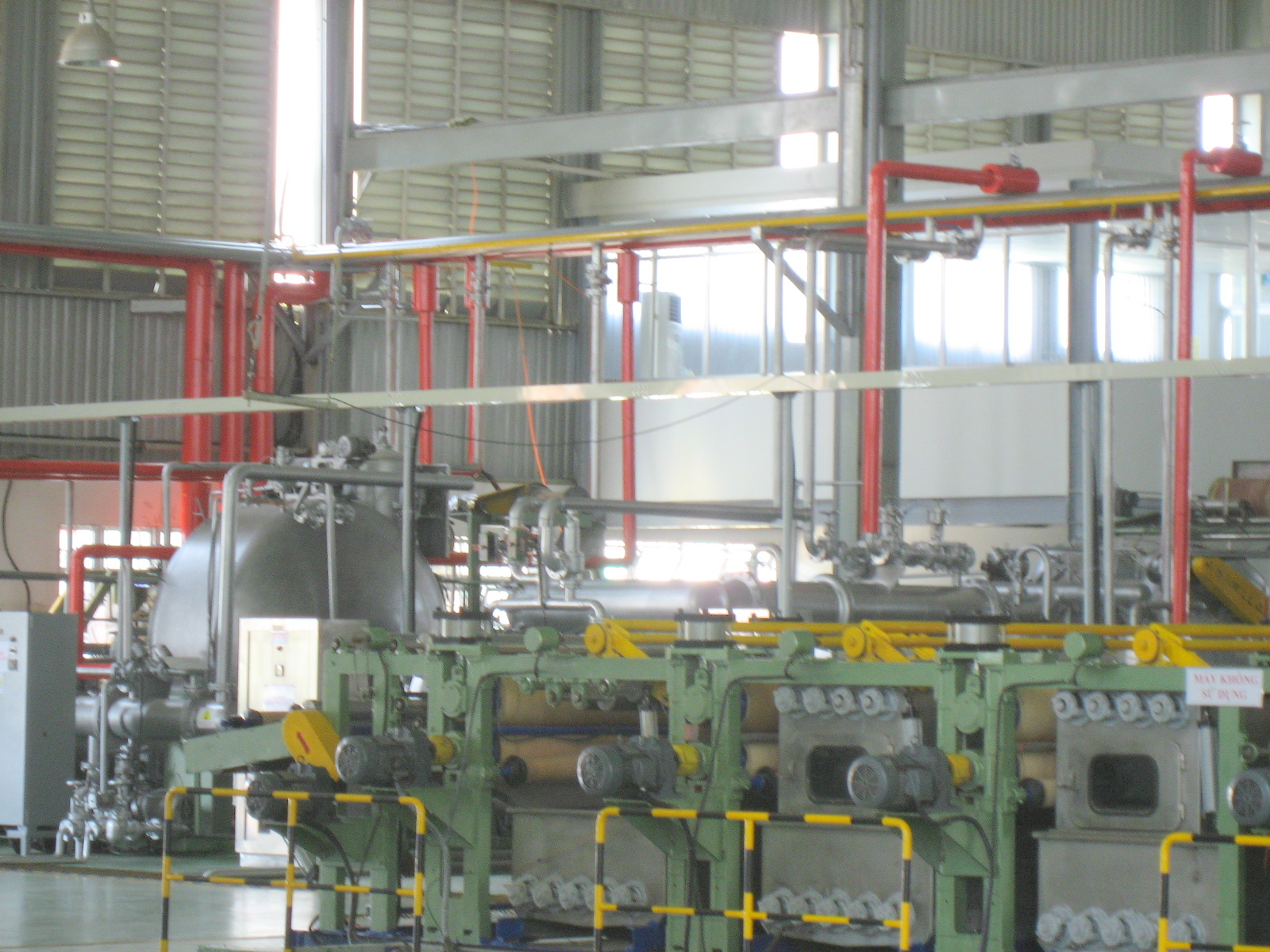Distinguish the type of stainless steel
Polite
Stainless steel attached to the name of a British steel industry experts are Harry Brearley. When in 1913, he invented a special type of steel with high wear resistance, by reducing the carbon content down into components for chromium steel (0.24% to 12.8% C and Cr).
Then the steel company Krupp in Germany continued to improve this steel by adding nickel to steel elements to improve corrosion resistance to acids and soften more easily worked
Based on this discovery that two kinds of steel grade 400 and 2 300 born shortly before World War First. The 20 years of the 20th century, a British steel industry expert Mr. W. H Hatfield continued research and development of the idea of stainless steel. By combining the different ratio between nickel and chromium in the steel sectors, he has introduced a new type of stainless steel 18/8, who 8% Ni and 18% Cr, is the familiar steel grade 304 of today. He is also the inventor of the 321 steel by adding titanium to steel composition ratio above 18/8.
After nearly a millennium, the advent and development, today stainless steel is widely used in all areas of civil and industrial with over 100 different steel grade.
In the metallurgical industry, the term stainless steel (stainless steel) is used to describe a form of iron alloys containing minimum 10.5% chromium. Called "stainless steel" but actually it's just iron alloys do not change color or corrode easily as conventional steels. This material may also be referred to as anti-corrosion steel. Typically, there are many different ways to apply stainless steel for different surfaces to increase the longevity of materials. In life, they appear everywhere as the blades cut or strap watches ...
Stainless steel is resistant to oxidation and corrosion is very high, but the choice of the right type and their technical specifications to fit in each particular case is very important.
Resistant to oxidation from the surrounding air at normal temperature of stainless steel is due to the ratio of chromium in the alloy (as low as 13% and can be up to 26% in the case of work in harsh working environments). Oxidized state of chromium oxide, chromium usually (III). When chromium alloy steel in contact with air is a very thin layer of chromium oxide III appeared on the surface of the material; This thin layer that can not be seen with the naked eye, meaning the metal surface is still shiny. However, they absolutely do not react with water and air, it protects the steel layers underneath. This phenomenon is called the oxidation rust engineered materials. We can see this phenomenon for some other metals such as aluminum and zinc in.
When these objects made of stainless steel are linked together with forces acting as bolts and rivets, the oxide layer of them may fly off at the location where they are connected together. When disassemble them out, you can see those placements corrosion.
Nickel and lip-black modules and vanadium also features stainless oxidation similar but not widely used.
Besides chromium, nickel and lip-black modules and nitrogen oxidation also features similar rust.
Nickel (Ni) is a common ingredient to enhance viscosity, easy bending, shaping properties of stainless steel.
Model-lip-black (Mo) makes stainless steel resistant to corrosion in acidic environments. Nitrogen (N) create stability for stainless steel in subzero temperatures (cold environment).
The participation of the various components of chromium, nickel, lip-black module, nitrogen lead to different crystal structures generate various physical properties of stainless steel.
Stainless steel is resistant to oxidation and corrosion is very high, but the choice of the right type and their technical specifications to fit in each particular case is very important.
Currently on the market there are many types of stainless steel such as SUS430, SUS202, SUS201, SUS304, SUS316. The category of stainless steel differ in composition so the durability, gloss levels also vary. Here are some characteristics of common types of stainless steel:
* SUS430: magnetic, vulnerable environmental impact of tainting
* SUS202: magnetic, vulnerable environmental impact of tainting
* SUS201: not infected (99%), stable with time, but avoid direct contact with acids or salts
* SUS304: not infected, can be used in any environment, always polished, ensure food safety
* SUS316: not infected, can be used in any environment, including environments that require strict cleanliness.
Identify inox 2xx, 3xx, 4xx
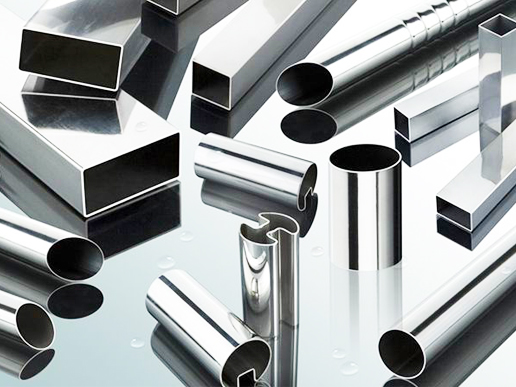
According to those presented above, we can see the marks of their 4xx steel martensite and ferrite stainless steel, the steel grade 2xx and 3xx of austenite stainless steel. In theory, the original austenite steel group completely non-magnetic (not attracted to the magnet) but, according to the presentation, the group transformed austenite steel strong hard when cold plastic deformation due to the phase change from austenite into deformation martensite (martensite phase which is magnetic). So, in fact, use a magnet to distinguish the stainless steel grade, especially to distinguish the marks 2xx and 3xx, they can say is impossible. To distinguish the most accurate, the only possible using analytical methods chemical composition (but more expensive) or based on the method according to spark awareness grinding (dependent on experience).
* Steel group 4xx: because in the composition containing more Cr and Ni should hardly be formed when grinding rays and orange flowers with dark fire, end the shape of a flower blooming. Strongly magnetic than the 2xx and 3xx marks
* Steel group 2xx: Partly Ni Mn should be replaced if the thickness of the label 3xx, when breaking or bending will feel more stiff. When grinding, the beam has bright orange, thick spark, fire flower much better off (than 3xx)
* Steel group 3xx: When grinding, the beam has orange petals of little flames, sparks along with the flashing blip.
Related Articles
- Introduction of stainless steel
- Inox in energy and electricity
- Stainless steel manufacturing industry chemistry
- Stainless steel water maintain integrity at Palomar California hospital
- Stainless Steel - 100 year history
- Stainless Steel Sheets
- Inox world
- Inox News
- CORROSION RESISTANCE INOX 304, 304L
- Learn about stainless steel Inox





